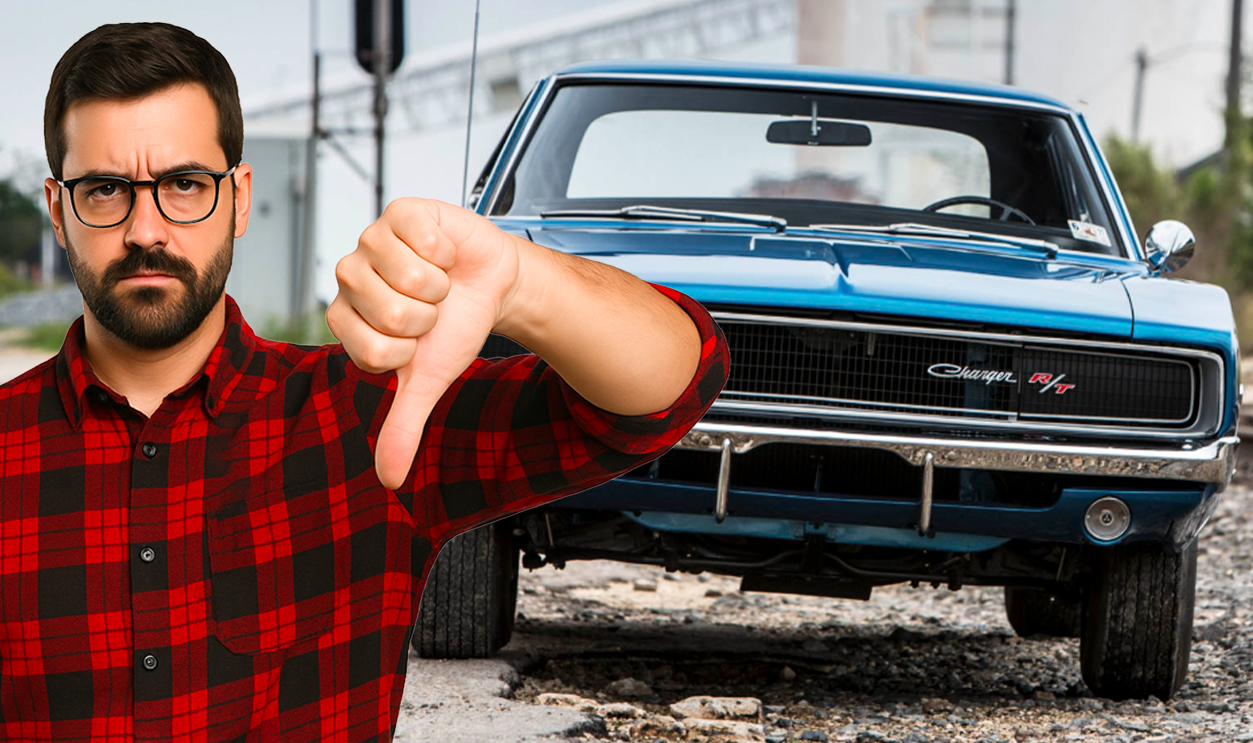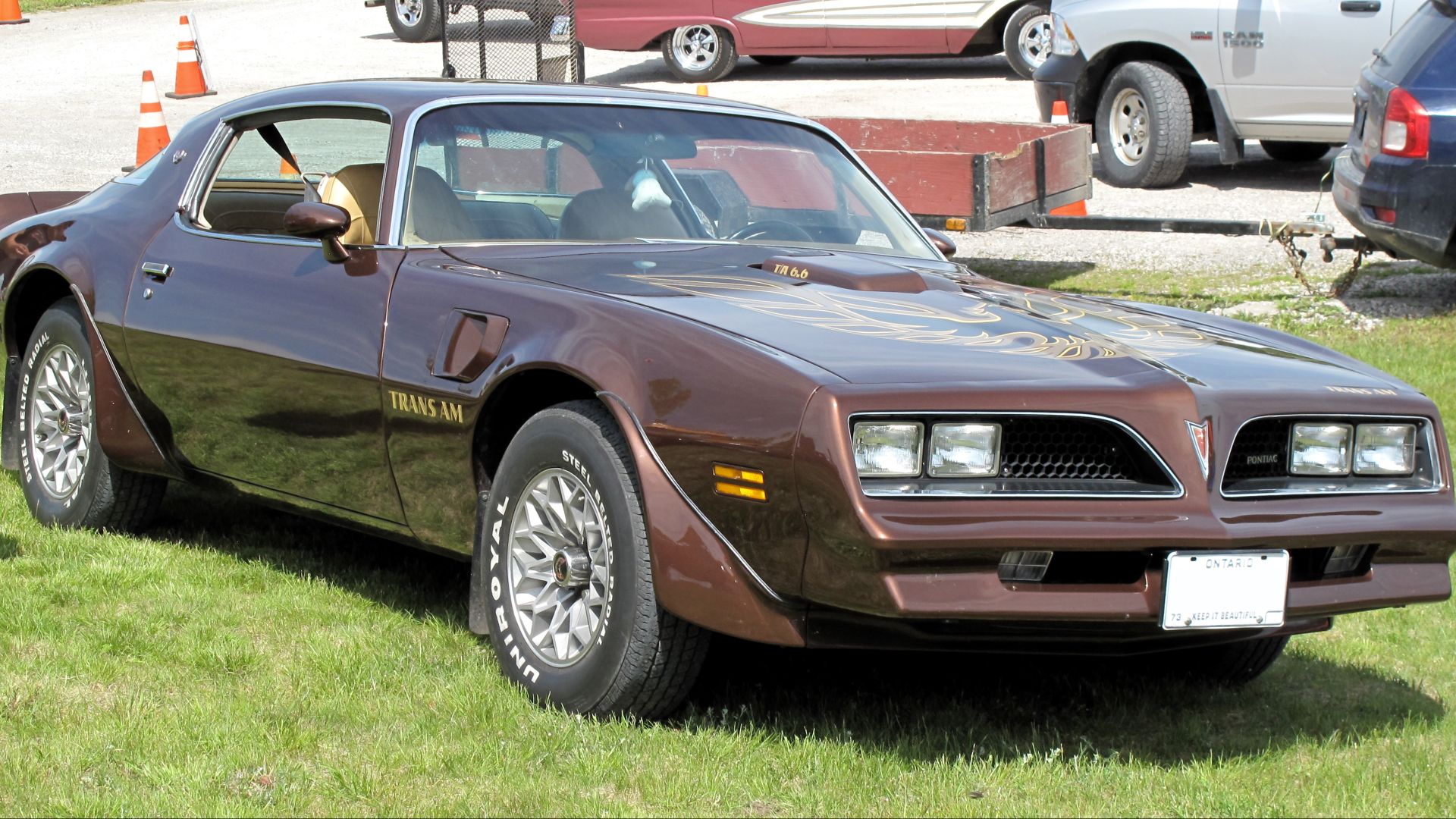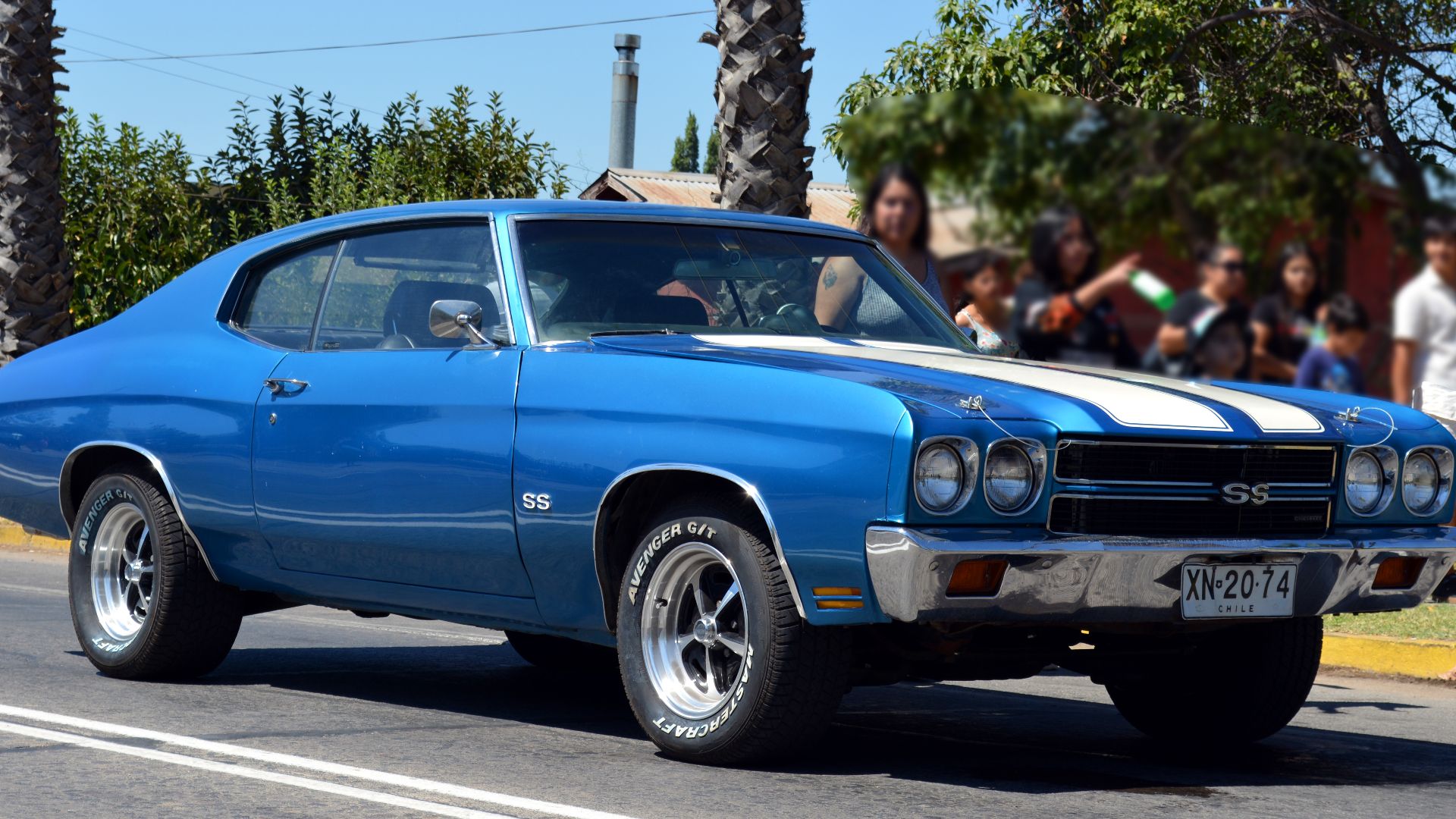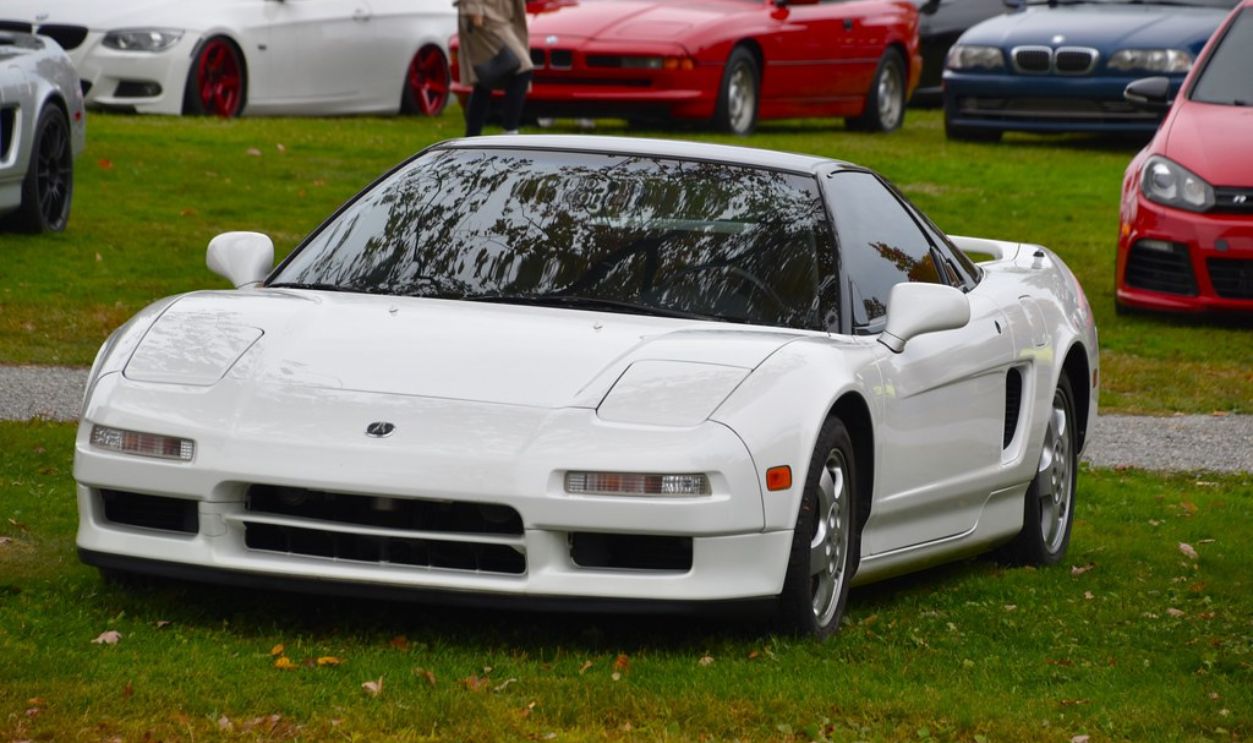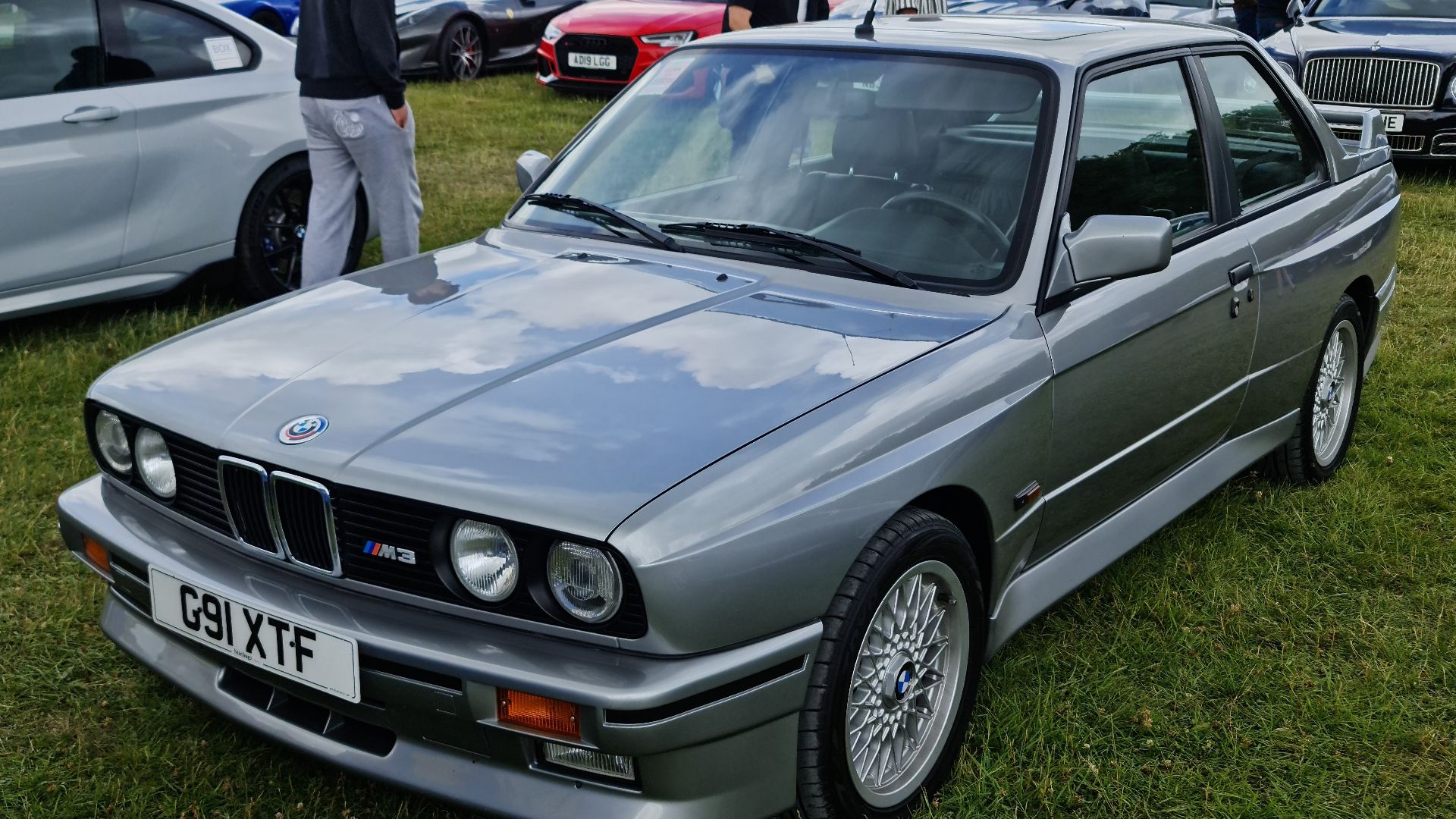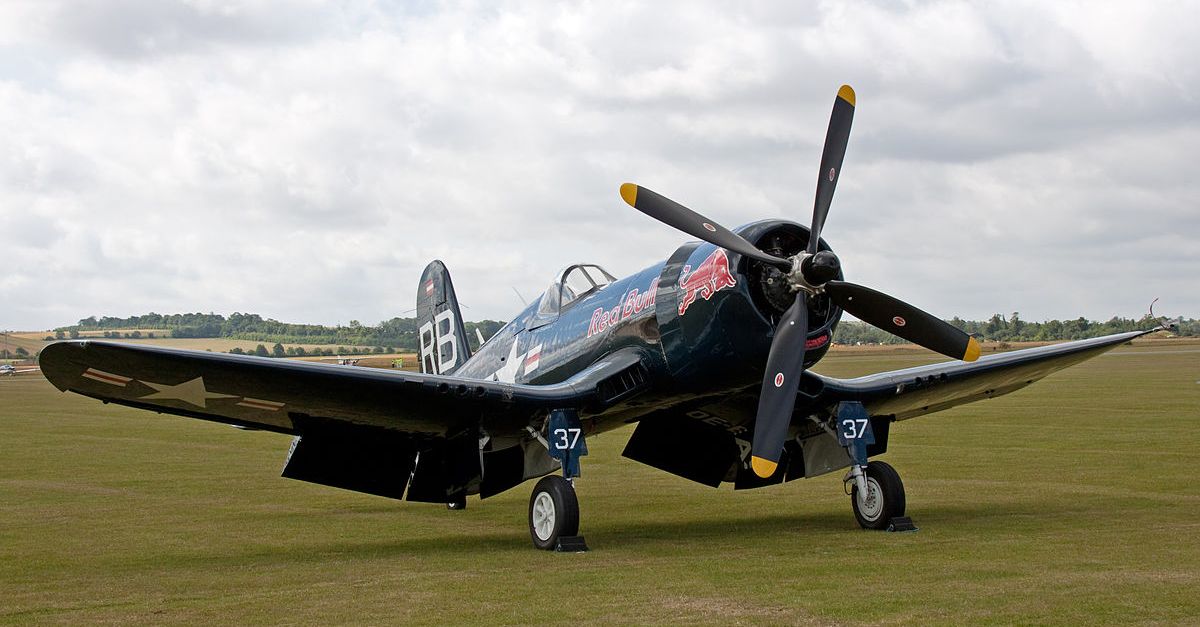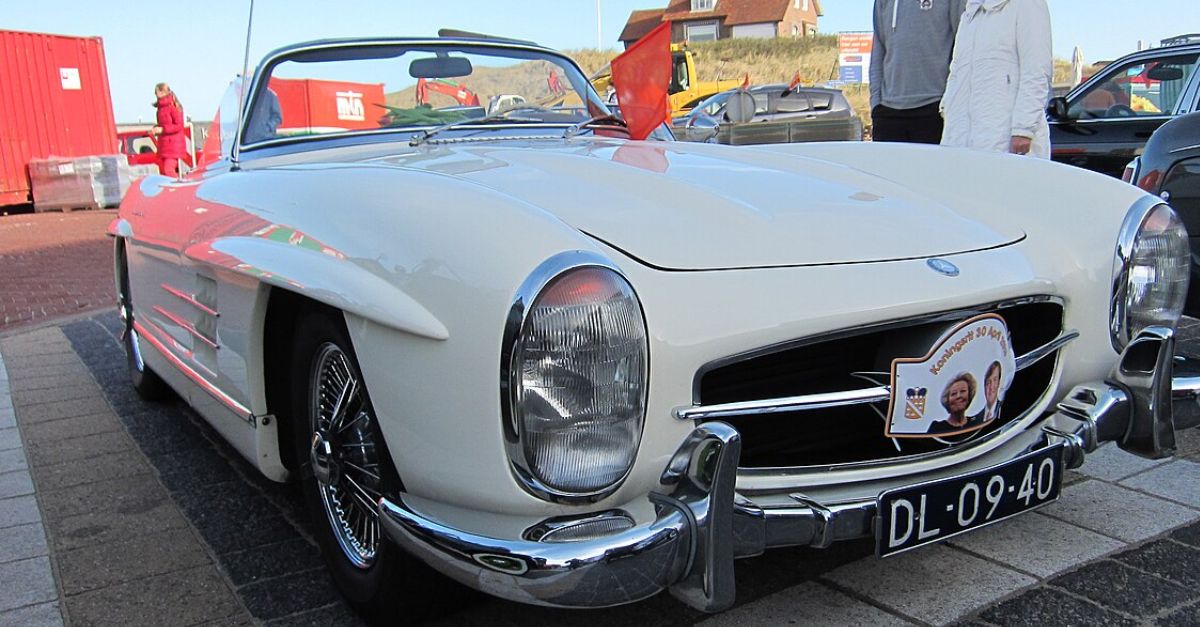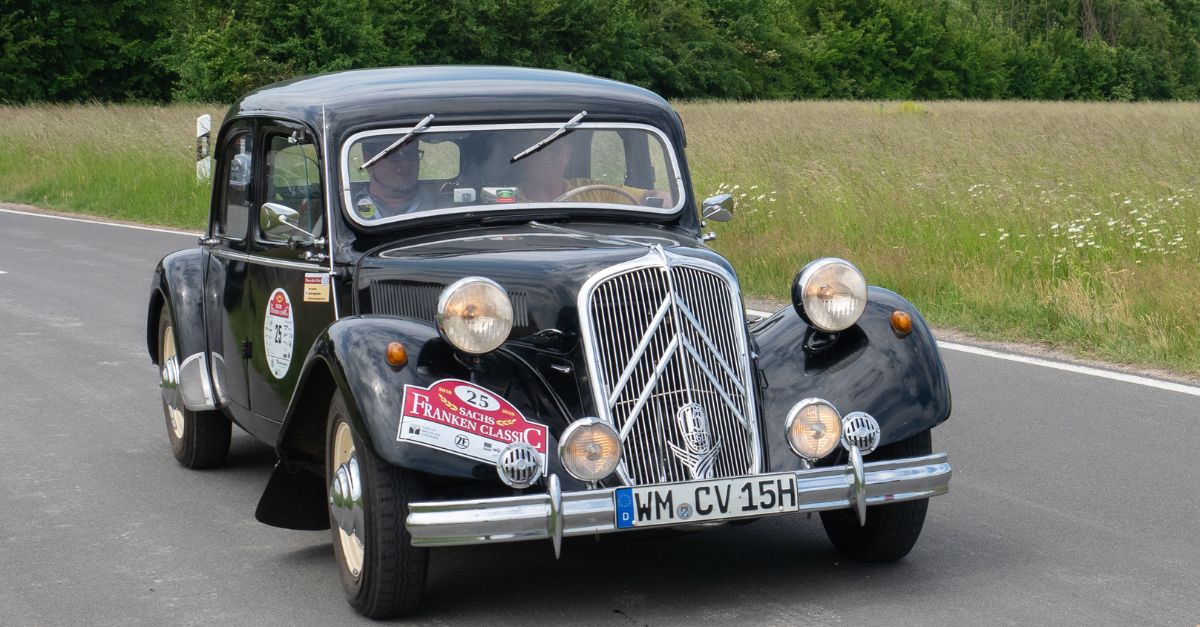Not All Legends Live Up To The Hype
Classic cars have an undeniable charm. They’ve got the looks, the nostalgia, and that oh-so-sweet exhaust note that makes your heart rev a little faster. But let’s be honest: not every car wearing a six-figure price tag deserves it. Some are carried by hype, movie fame, or simple scarcity rather than genuine quality or performance. These are the overpriced legend, the vehicles that look great in photos and auction listings but, once the rose-tinted glasses come off, reveal creaky engineering, underwhelming power, and maintenance bills that could buy another car altogether.

Buick GNX
The Buick GNX is often treated like a sacred artifact from the 1980s, but its value has gotten out of hand. Only 547 were made, which explains the rarity premium, but the performance that once wowed people (276 horsepower) now feels tame. Combine that with turbo lag, limited parts availability, and fragile electronics, and you’ve got a collector’s headache with a high price tag.
 ilikewaffles11, CC BY 2.0, Wikimedia Commons
ilikewaffles11, CC BY 2.0, Wikimedia Commons
Chevrolet Bel Air
The ’55–’57 Bel Air looks gorgeous, all chrome smiles and diner nostalgia, but the market treats it like rolling art. Underneath, it’s more style than substance: slow acceleration, spongy brakes, and ancient handling dynamics. Restoring one costs a fortune, and keeping it roadworthy can eat through savings faster than its carburetor gulps gas.
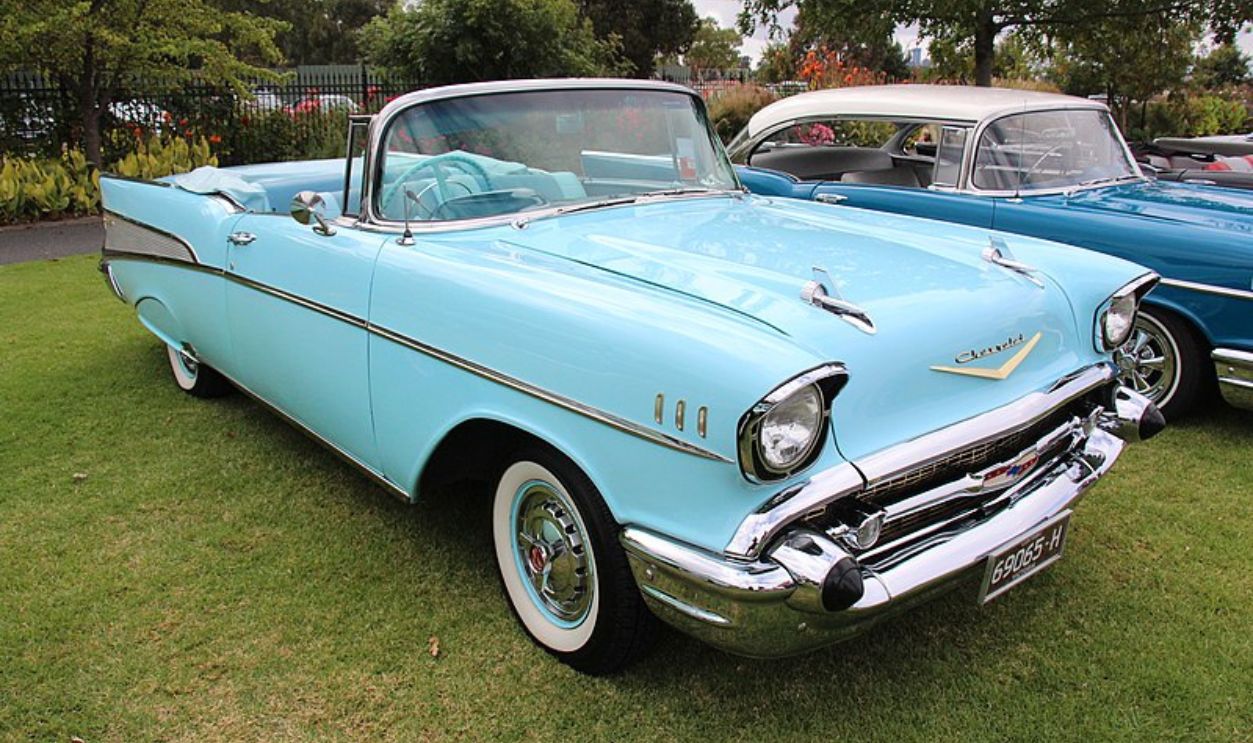 Sicnag, CC BY 2.0, Wikimedia Commons
Sicnag, CC BY 2.0, Wikimedia Commons
Nissan Skyline GT-R R34
The R34 GT-R is mythologized thanks to Fast & Furious and limited US availability, driving prices into the stratosphere. But once you get past the pop culture glow, it’s a 276-hp sports coupe that’s costly to maintain and nearly impossible to service properly outside Japan. Its legend is real, but its value is inflated by nostalgia and forbidden fruit status.
 Spanish Coches, CC BY 2.0, Wikimedia Commons
Spanish Coches, CC BY 2.0, Wikimedia Commons
1968–1970 Dodge Charger
Everyone wants to be Dominic Toretto, but few want to pay the insurance, fuel, or bodywork bills. The ’68–’70 Charger’s resale values are ridiculous, yet it’s a heavy, under-braked tank with a thirst for both gas and maintenance cash. Beautiful, yes. But every burn-rubber fantasy comes with a reality check in the form of leaky seals and rust repair.
Acura Integra Type R
The Integra Type R’s reputation is built on balance and rev-happy fun, but collectors have turned it into a cult object. Prices have reached supercar levels, even though its simple build and modest performance don’t justify it. The problem? Many have been thrashed or modified, making finding a clean one nearly impossible, and maintaining one even harder.
 Jacob Frey 4A, CC BY 2.0, Wikimedia Commons
Jacob Frey 4A, CC BY 2.0, Wikimedia Commons
Volkswagen Bus
Peace, love, and painfully slow acceleration. The VW Bus oozes nostalgia, but its soaring auction prices are driven more by sentiment than engineering. They’re underpowered, fragile, and as aerodynamic as a shoebox. Restoring one properly often costs double what it’ll ever be worth.
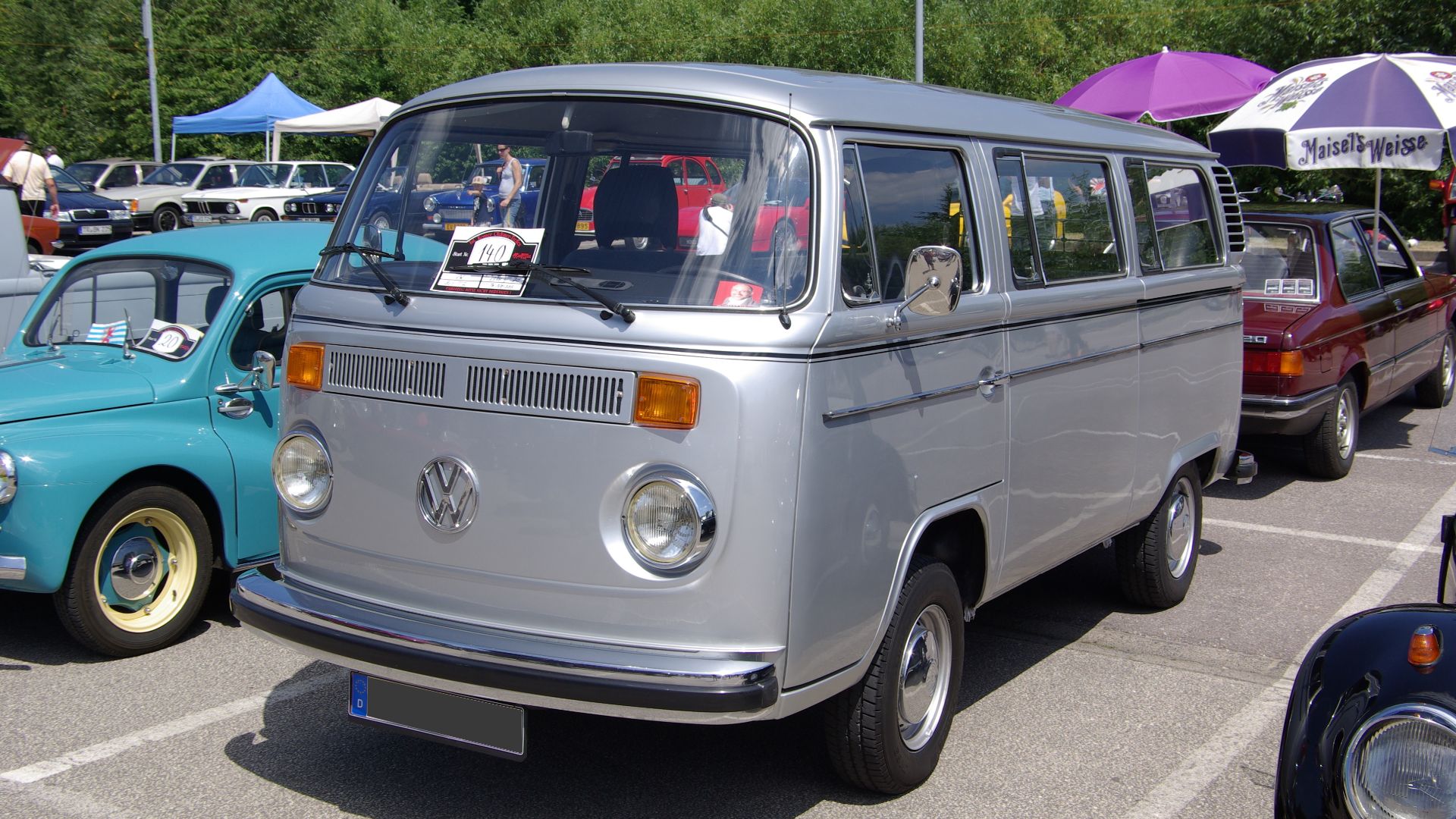 Berthold Werner, Wikimedia Commons
Berthold Werner, Wikimedia Commons
1977 Pontiac Firebird Trans Am
Thanks to Smokey and the Bandit, the ’77 Trans Am has a reputation bigger than its horsepower. Under the shaker hood, many came with less than 200 hp, making them slower than today’s economy cars. The inflated prices come from movie fame, not performance pedigree. And unless you like chasing parts, you’ll pay plenty just to keep it alive.
Porsche 911 (Air-Cooled Models)
Air-cooled 911s have become auction darlings, fetching absurd sums for “purity” and “feel”. But that purity comes at the price of reliability, expensive repairs, and a driving experience that’s more “vintage challenge” than “thrill”. Their cult status has made them untouchable to most enthusiasts, even though better-driving, cheaper Porsches exist in abundance.
 MercurySable99, CC BY-SA 4.0, Wikimedia Commons
MercurySable99, CC BY-SA 4.0, Wikimedia Commons
Toyota Supra (1993–2002)
The MkIV Supra’s prices have gone into orbit, thanks to tuner culture and Hollywood fame. Stock models fetch over six figures, but their original output (320 hp) isn’t groundbreaking today. Add aging turbos, fragile electronics, and the risk of counterfeit parts, and you’re paying movie money for a maintenance project.
1968 Plymouth Road Runner
The original budget muscle car has become anything but budget. The Road Runner’s simplicity (drum brakes, bare interior, basic suspension) once made it cool, but now collectors treat it like a rarity. In reality, it’s a loud, crude cruiser that guzzles gas and requires endless tinkering to stay happy.
 Sicnag, CC BY 2.0, Wikimedia Commons
Sicnag, CC BY 2.0, Wikimedia Commons
1963 Corvette
The ’63 Split-Window Corvette looks phenomenal, and that rear window design alone fuels collector obsession. But driving one reminds you quickly that looks can deceive. Heavy steering, poor visibility, and dated performance make it more sculpture than speedster. Maintenance costs soar due to scarcity of original parts and fiberglass body quirks.
Jeep Grand Wagoneer
You get wood-paneled luxury at a premium, but the Grand Wagoneer’s values are as bloated as its gas mileage. They’re charming but plagued by electrical gremlins, thirsty V8s, and endless upkeep. Owning one is like adopting an expensive antique furniture set: pretty, but high maintenance and best kept stationary.
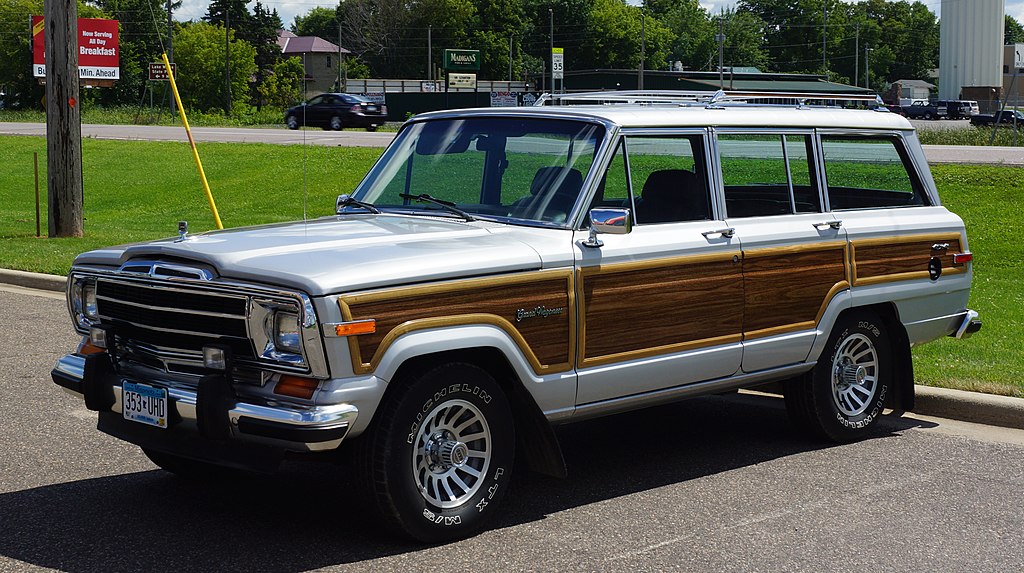 Greg Gjerdingen, CC BY 2.0, Wikimedia Commons
Greg Gjerdingen, CC BY 2.0, Wikimedia Commons
Ford Mustang Mach 1
The Mach 1 looks menacing, but under the surface lies the same old muscle-era flaws: vague steering, sketchy brakes, and poor fuel economy. It’s gorgeous and historically important, sure, but prices have inflated beyond reason for what’s effectively a cosmetic trim upgrade on an aging platform.
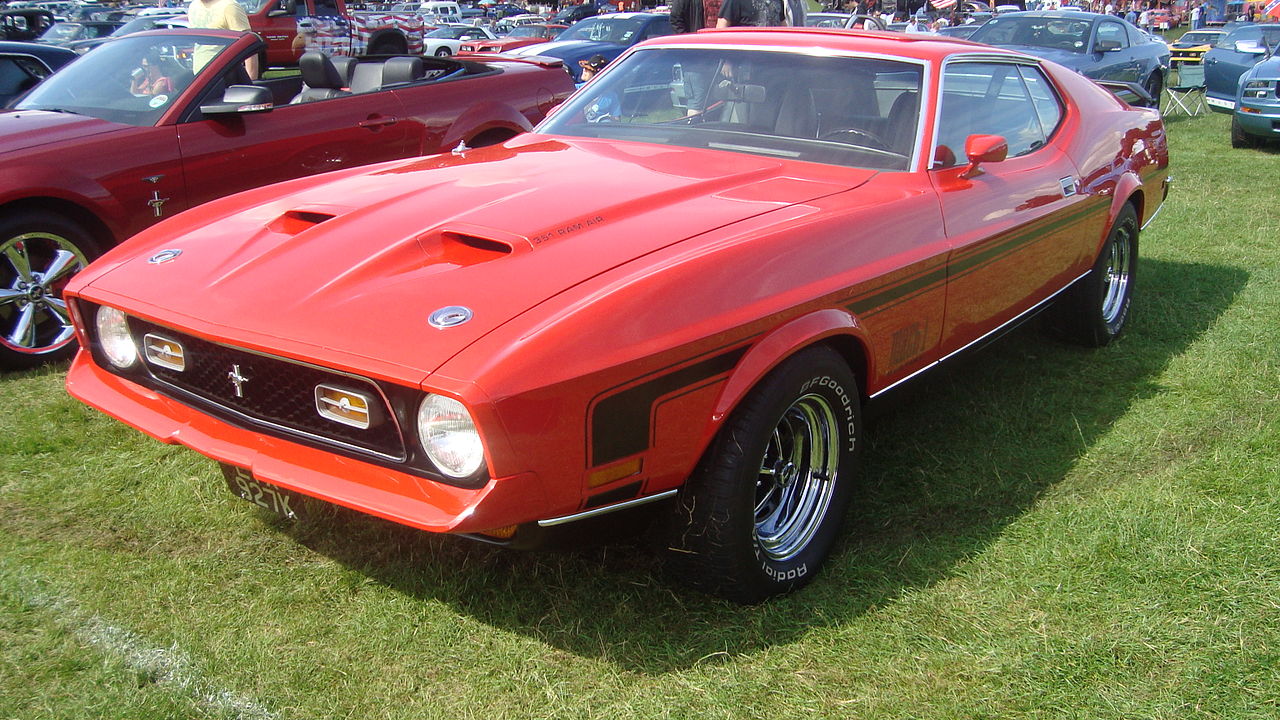 Kieran White, CC BY 2.0, Wikimedia Commons
Kieran White, CC BY 2.0, Wikimedia Commons
1959 Cadillac
A ’59 Cadillac is an automotive icon—and a financial anchor. Those tailfins are spectacular, but restoring or maintaining one costs a small fortune. The sheer size alone makes them impractical for modern driving. They’re museum pieces, not daily drivers, and many collectors end up admiring them from the garage instead of the road.
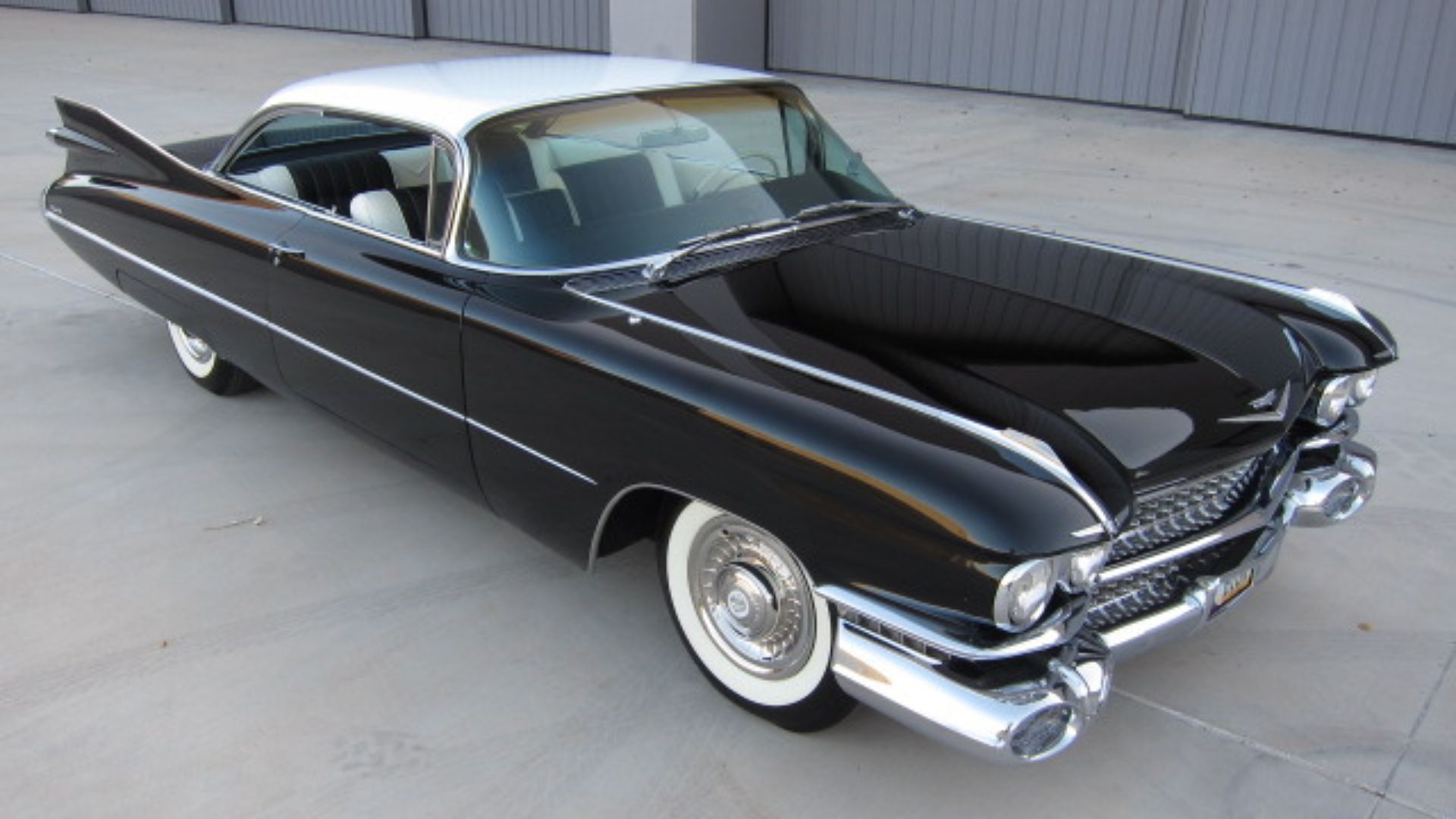 That Hartford Guy, Wikimedia Commons
That Hartford Guy, Wikimedia Commons
Land Rover Defender NAS
The North American-spec Defender has become a collector darling, but it’s notorious for poor reliability and oil leaks that could drown a small ecosystem. Yes, it looks heroic, but at today’s prices, you could buy a fleet of newer SUVs that actually start on cold mornings. The legend is cool; the ownership experience is not.
 Vetatur Fumare, Wikimedia Commons
Vetatur Fumare, Wikimedia Commons
1970 Chevrolet Chevelle SS 454
The Chevelle SS 454 was a monster in its day, but its skyrocketing auction values now make little sense. Many cars on the market are clones, not originals, and authentic restorations require deep pockets. When you factor in constant mechanical upkeep and the reality that most spend their lives on trailers, “legendary” starts looking like “overpriced garage queen”.
Shelby Cobra
The Cobra is raw, iconic, and breathtaking—but it’s also one of the most overvalued collectibles on the planet. Real Cobras cost millions, yet offer caveman handling and terrifying high-speed manners. Even replicas, which are everywhere, fetch silly prices. It’s not the car’s fault, it’s just the curse of legend exceeding livability.
 TaurusEmerald, CC BY-SA 4.0, Wikimedia Commons
TaurusEmerald, CC BY-SA 4.0, Wikimedia Commons
Acura NSX (First Gen)
The NSX deserves credit for revolutionizing the supercar world, but collectors have turned it into untouchable art. Early cars demand high maintenance, timing belt replacements cost a fortune, and spare parts are dwindling. As a result, many owners don’t drive them, which kind of defeats the point of a “driver’s car”.
Hummer H1
The H1 makes every drive feel like a military deployment—and that’s not always a compliment. It’s huge, impractical, and gets single-digit fuel economy. Still, prices have surged due to nostalgia and celebrity appeal. But between its maintenance demands and limited comfort, it’s more of a flex than a pleasure.
 Brian Snelson from Hockley, Essex, England, Wikimedia Commons
Brian Snelson from Hockley, Essex, England, Wikimedia Commons
DeLorean DMC-12
Pop culture turned the DeLorean into a sci-fi icon, but that doesn’t mean it drives well. Its underpowered V6, sluggish acceleration, and frustrating reliability make it one of the most disappointing collectibles to actually own. Stainless steel panels look cool, until you realize they’re a nightmare to repair or refinish.
 Jeremy, CC BY 2.0, Wikimedia Commons
Jeremy, CC BY 2.0, Wikimedia Commons
Tesla Roadster
The first Tesla Roadster was groundbreaking but rough. Early production quirks, fragile battery packs, and extremely high replacement costs make it an expensive gamble today. Collectors pay for its historical significance, but as an investment, it’s aging fast in an EV world that’s moving on without it.
 Steve Jurvetson, CC BY 2.0, Wikimedia Commons
Steve Jurvetson, CC BY 2.0, Wikimedia Commons
Plymouth Prowler
The Prowler looks like a hot rod dream, but drives like a tepid V6 rental. Chrysler spent more time on design than performance, leaving owners with a car that’s more conversation piece than thrill ride. Values have inflated simply because it’s unusual, not because it’s genuinely collectible or capable.
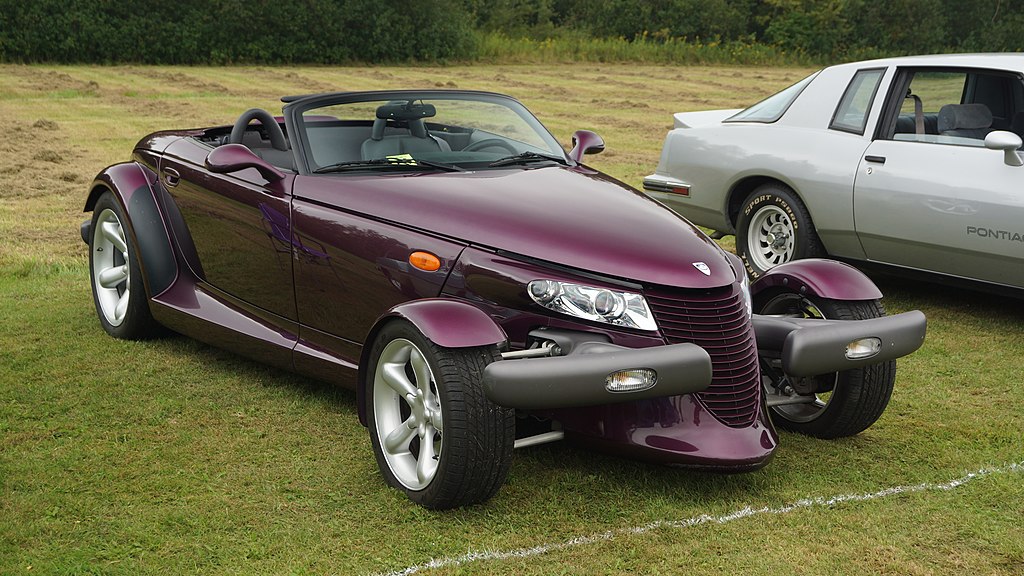 Greg Gjerdingen, CC BY 2.0, Wikimedia Commons
Greg Gjerdingen, CC BY 2.0, Wikimedia Commons
1967 Ford Mustang Fastback
The ’67 Fastback’s price spike owes more to Hollywood than horsepower. It’s an icon, but basic suspension, inconsistent build quality, and rust issues mean owning one is more romantic in theory than in reality. You’ll get compliments at every stoplight, but they won’t pay your body-shop bills.
1963 Chevrolet Corvette Split-Window Coupe
The split window makes this Corvette a showstopper, but mechanically, it’s the same as any other mid-’60s sports car: aging and finicky. Prices are absurd, driven by aesthetics and limited production. It’s a car you’ll baby endlessly, not drive fearlessly.
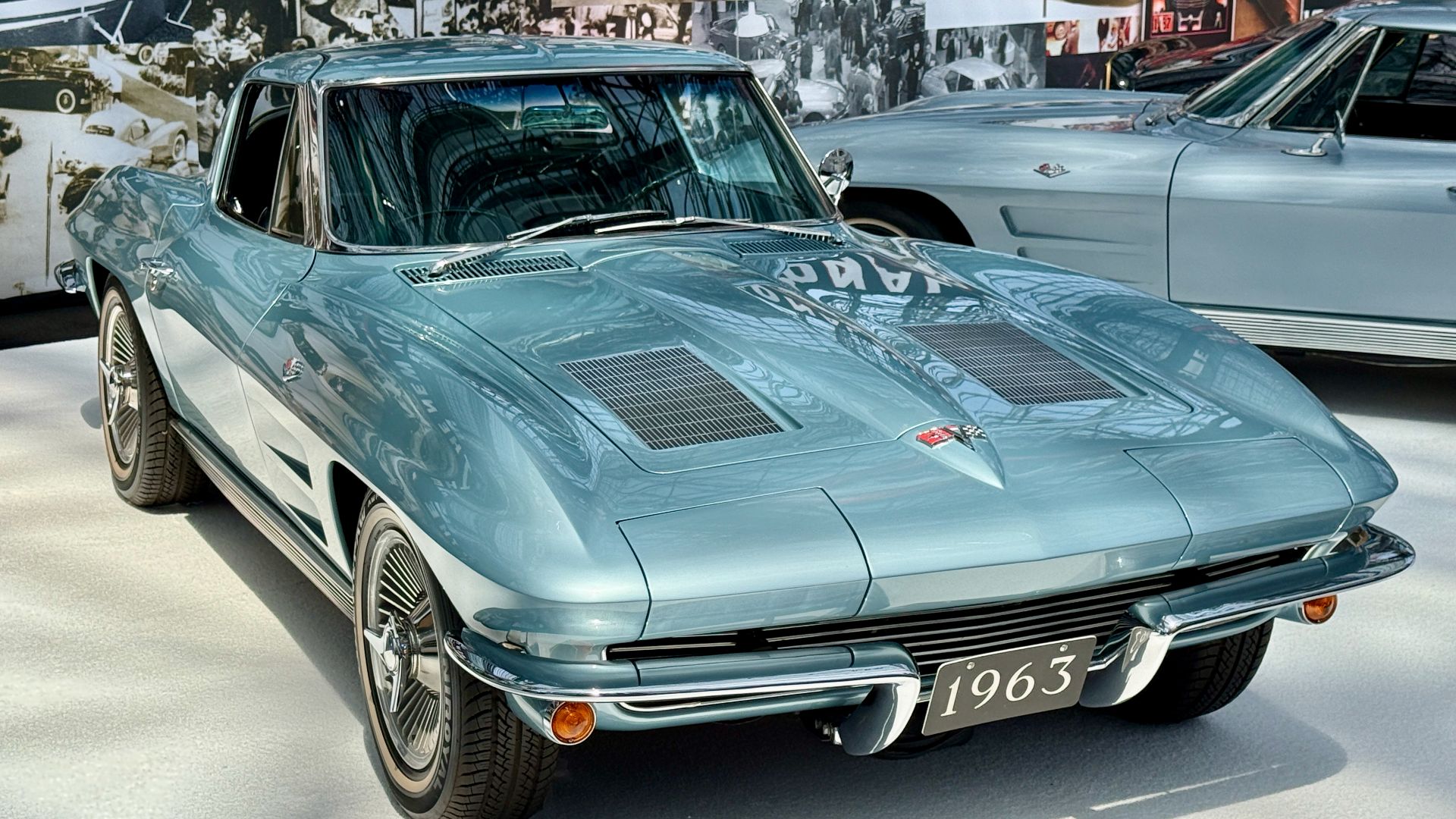 Oleg Yunakov, Wikimedia Commons
Oleg Yunakov, Wikimedia Commons
1989 BMW M3 (E30)
The E30 M3 deserves its fame, but not always its six-figure prices. Its 192 hp engine feels mild today, and maintenance is notoriously costly. The driving experience is great, but for what many pay at auction, it’s a purchase for status, not sensibility.
Final Thoughts
These cars aren’t “bad”. They’re just victims of their own mythology, propped up by movies, nostalgia, and exclusivity until the price tag outweighs the pleasure. Buy one because you love it, not because you expect it to make financial sense. After all, even legends can lose their shine once the bills start rolling in.
 Ildar Sagdejev (Specious), CC BY-SA 4.0, Wikimedia Commons
Ildar Sagdejev (Specious), CC BY-SA 4.0, Wikimedia Commons
You May Also Like:
Classic Cars That Are Surprisingly Reliable
Classic Cars That Started As Economy Models
22 Classic Cars Any True Automotive Fan Would Trade Everything For

